The process of rearranging administrative boundaries requires legislators to have more time to thoroughly study planning regulations as well as many issues in planning, and even change the direction of planning thinking.
It is not difficult to see that if the planning is not updated and adjusted appropriately, the spatial organization will be inadequate, the infrastructure will easily overlap and cause a phase difference between the function and the land use status. There is also a risk of distorted urbanization, some areas are "abandoned" because they are no longer in the old planning center; some places are overloaded because they have not been updated with new orientations. Difficulty in organizing the provision of reasonable public services is also an existing risk, people have to go further to access services, areas that used to be district-level centers may be "downgraded", lacking development orientation... More importantly, if the planning is still in a closed local way, new localities after the merger will find it difficult to connect infrastructure, logistics, and urban areas with each other; and will not be able to promote the advantages of expanding the administrative scale. In other words, construction work cannot be done in the old way, not only because the boundaries, population, and socio -economic characteristics have changed, but also because it is necessary to strongly shift from boundary planning to dynamic spatial development planning, taking regional linkage - industry integration - flexible adaptation as principles.
Discussing the impact of planning on attracting foreign direct investment (FDI), lawyer Nguyen Hong Chung, Chairman of DVL Ventures, Vice Chairman and General Secretary of the Vietnam Industrial Park Finance Association (VIPFA), commented that in the process of making investment decisions in Vietnam, many strategic investors also set out requirements for infrastructure, logistics and regional planning. This is a completely legitimate requirement, especially when we have 34 provinces and cities. Infrastructure should also be invested synchronously and connected inter-regionally. At that time, shifting from provincial planning to dynamic economic regional planning - such as Hanoi , Ho Chi Minh City, South Central region... to promote network advantages instead of individual localities. The arrangement of administrative boundaries creates easier conditions for the development of innovation centers and specialized industrial parks - which are important boosts for global companies.
Of course, that is not enough. Local authorities also need to accompany investors right from the idea, planning, to factory construction - instead of just opening the door and waiting for approval when investors have chosen a location and completed the procedures to apply for an investment license; although this is no longer a matter of planning work.
Source: https://www.sggp.org.vn/chuyen-huong-tu-duy-quy-hoach-post802743.html




![[Photo] Prime Minister Pham Minh Chinh receives CEO of Samsung Electronics](https://vphoto.vietnam.vn/thumb/1200x675/vietnam/resource/IMAGE/2025/8/26/373f5db99f704e6eb1321c787485c3c2)
![[Photo] Brilliant red of the exhibition 95 years of the Party Flag lighting the way before the opening](https://vphoto.vietnam.vn/thumb/1200x675/vietnam/resource/IMAGE/2025/8/27/e19d957d17f649648ca14ce6cc4d8dd4)


![[Photo] Prime Minister Pham Minh Chinh chairs meeting of National Steering Committee on International Integration](https://vphoto.vietnam.vn/thumb/1200x675/vietnam/resource/IMAGE/2025/8/26/9d34a506f9fb42ac90a48179fc89abb3)


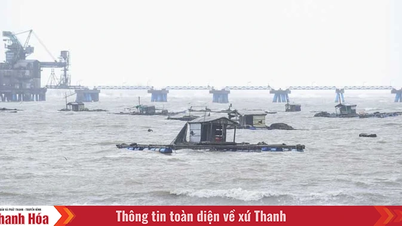




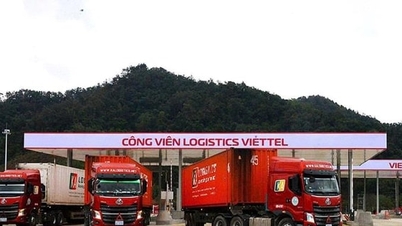




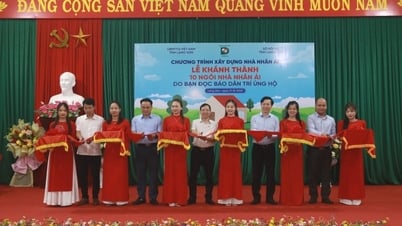

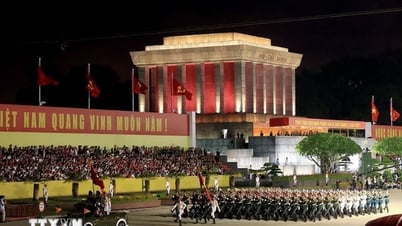









































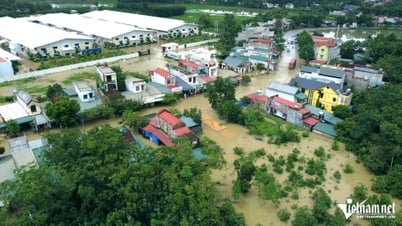




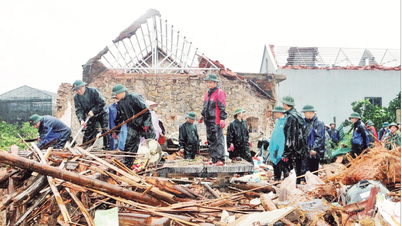




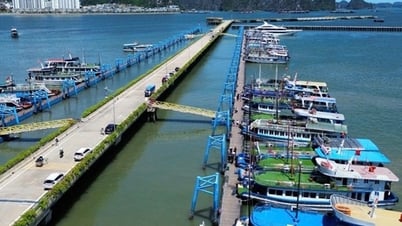



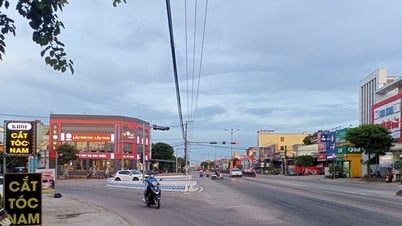





















Comment (0)